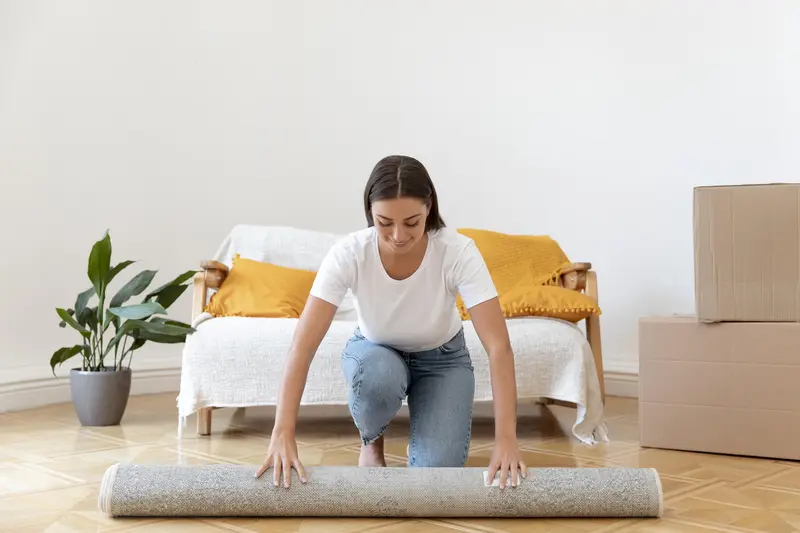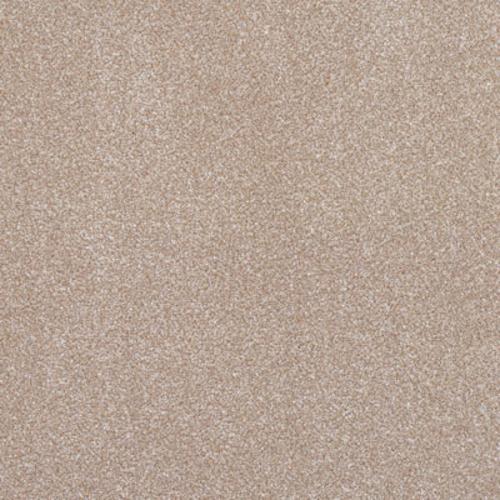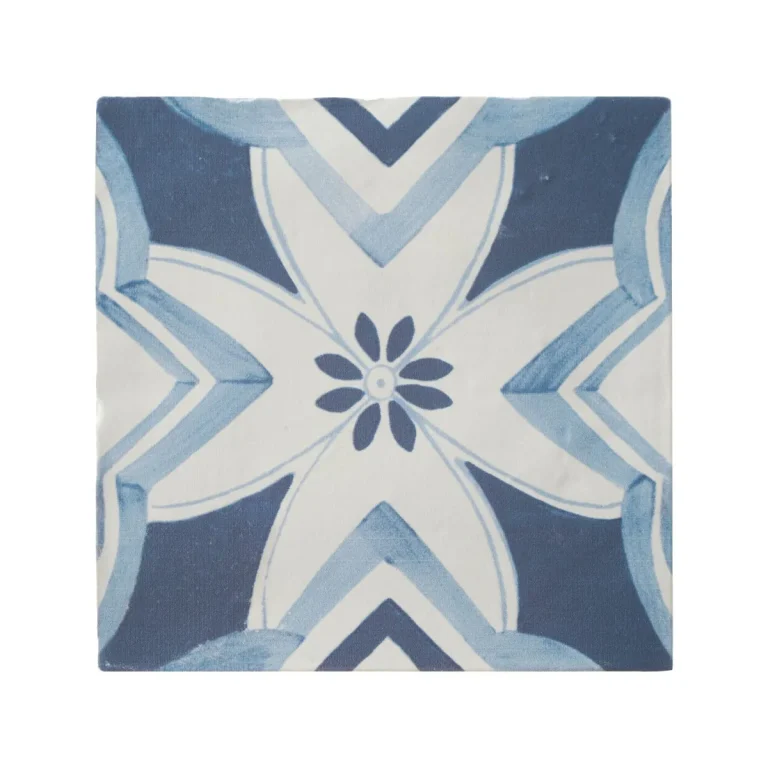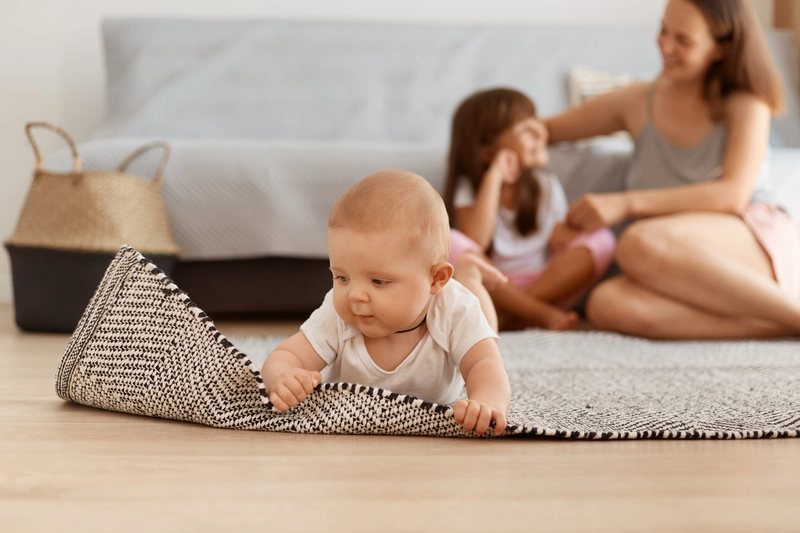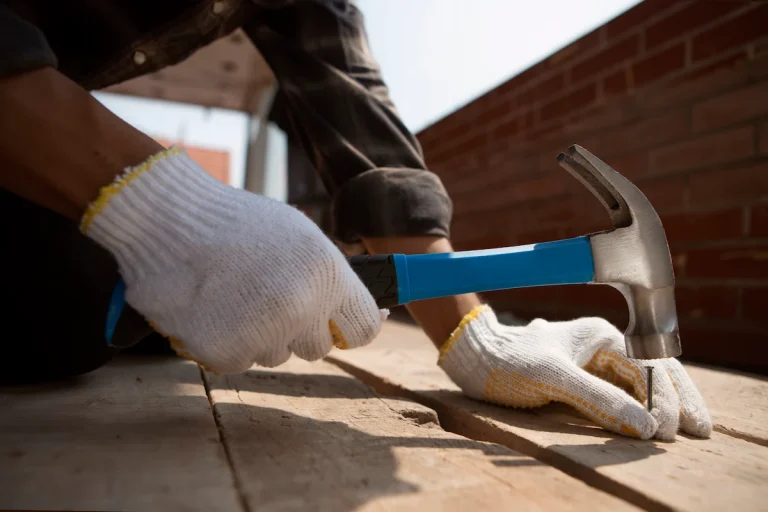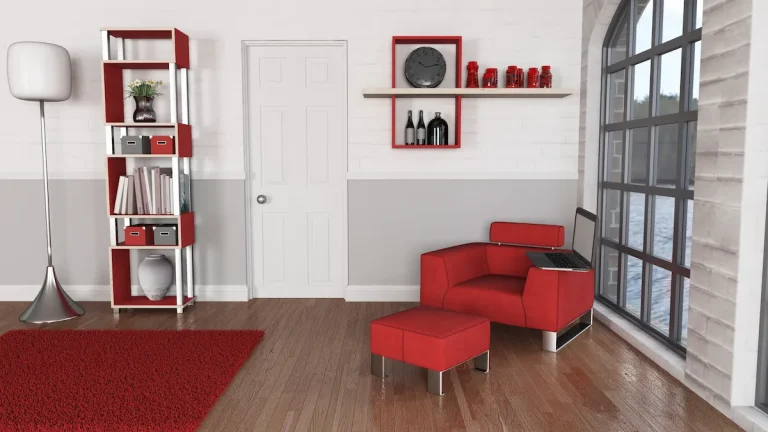Are you wondering how often should you replace carpet? Before that, do you know how long a carpet can last? We discuss the factors that affect carpet lifespan, the different types of carpets and their average lifespan, as well as the indications that it’s time to replace your carpet.
Discover the benefits of replacing your carpet regularly, including improving indoor air quality, enhancing aesthetics and comfort, and preventing health issues. Learn more about maintaining your carpet’s longevity!
The Right Time to Replace Carpet
Replacing your carpet is an important decision that can greatly impact the overall comfort, aesthetics, and indoor air quality of your home.
It is essential to understand when your carpet has reached the end of its life, taking into account various factors such as wear and tear, stains, odours, and allergens. Experts recommend paying close attention to these indicators to ensure your carpet remains in optimal condition.
The Factors That Affect Carpet Lifespan
Several factors can affect the lifespan of a carpet, including the quality of materials used, the level of footfall, and the maintenance routine followed.
Choosing the right materials for your carpet is crucial. Natural fibres, such as wool, are known for their durability but may require more maintenance compared to synthetic options. Experts emphasise the importance of regular vacuuming and professional cleaning to extend the carpet’s life.
High levels of foot traffic can lead to quicker wear and tear, especially in areas like hallways or living rooms. To combat this, using rugs or carpets made from durable materials in such spaces can help maintain their appearance for longer.
How Long Can A Carpet Last?
The lifespan of a carpet can vary significantly depending on the quality of the materials used, the level of maintenance it receives, and the amount of foot traffic it endures. Many specialists in flooring solutions state that carpets can last anywhere from 5 to 15 years, depending on these factors.
The Different Types Of Carpets And Their Average Lifespan
Different types of carpets, such as nylon, polyester, and wool, offer varying degrees of longevity and durability.
When considering the lifespan of these carpets, wool stands out as the most durable material, lasting up to 20-25 years with proper care. Nylon follows closely behind, with an average lifespan of 15-20 years, known for its resilience to heavy foot traffic. Polyester, while more affordable, typically has a shorter lifespan of around 5-10 years, making it a better option for low-traffic areas.
Quality construction and materials play a significant role in the durability and longevity of a carpet, ensuring that it withstands daily wear and tear. Investing in a high-quality carpet may require a higher upfront cost, but it pays off in the long run with an extended lifespan and less frequent replacements.
The Indications That You Need To Replace Your Carpet
Recognising the indications that your carpet needs replacement is crucial for maintaining a healthy and appealing indoor environment. Experts in interior design point out that visible signs of wear and tear, persistent stains, and unpleasant odours are strong indicators that a carpet has reached the end of its useful life.
1. Wear And Tear
Wear and tear are common in high-traffic areas where the carpet fibres are subjected to constant footfall and abrasion.
Carpet fibres in these busy zones bear the brunt of daily footsteps, which can gradually break down the structural integrity of the fabric, causing it to fray and become worn. Over time, the repeated pressure and friction from people walking over the carpet create visible signs of wear and tear, such as flattened fibres, discolouration, and matting.
By implementing proper cleaning routines and strategically placing rugs or runners in high-traffic areas, homeowners can minimise the impact of wear and tear and prolong the life of their carpets.
2. Stains And Odours
Persistent stains and lingering odours that cannot be removed even with professional cleaning are clear indicators that your carpet needs to be replaced.
These stubborn stains not only ruin the aesthetic appeal of your home but also pose a threat to overall hygiene. The presence of lingering odours can be a major turn-off for guests and inhabitants alike, creating an unpleasant environment.
Experts suggest that regular maintenance and immediate spot cleaning can prevent such deep-seated issues. If the stains and odours persist despite your best efforts, it might be time to consider investing in a new carpet to maintain a fresh and clean living space.
3. Matting And Crushing
Matting and crushing of carpet fibres occur over time, especially in areas with heavy use, and can significantly reduce the comfort and appearance of the carpet.
Matting happens when the fibres become compressed and tangled together, losing their fluffy texture and plush feel. On the other hand, crushing occurs when the fibres are flattened due to pressure, leading to noticeable areas of wear and tear. Both issues not only affect the overall look of the carpet but also impact its softness and cushioning.
Many experts advise that regular vacuuming and proper maintenance can help prevent matting and crushing, while also suggesting the use of area rugs in high-traffic zones to alleviate these problems.
4. Water Damage
Water damage can lead to mould growth and a decline in the structural quality of your carpet, necessitating its replacement.
When water seeps into the carpet fibres, it creates a damp environment that is ideal for mould spores to thrive, posing health risks to residents.
One of the main causes of water damage is plumbing leaks, which can go unnoticed for a long time, allowing water to saturate the carpet.
Inadequate ventilation and flooding are other common culprits that result in water damage, accelerating mould growth.
To prevent mould infestation, Artem advises homeowners to promptly address any water leakage, utilise dehumidifiers in damp areas, and dry out carpets thoroughly within 48 hours of water exposure.
5. Allergies And Health Concerns
An increase in allergy symptoms or health concerns may indicate that your carpet is harbouring allergens such as dust mites.
These allergens can trigger respiratory issues, exacerbate asthma, and cause skin irritation, especially in sensitive individuals. According to the Mayo Clinic, managing allergens in your home is crucial for maintaining good indoor air quality. Simple steps like regular vacuuming with a HEPA filter, frequent washing of bedding and curtains, and keeping humidity levels low can significantly reduce allergens in carpets.
How Often Should You Replace Carpet?
Determining how often you should replace carpet depends on several factors, including the quality of the carpet, the level of maintenance it receives, and the amount of foot traffic it endures. Mallory Micetich, a home improvement expert, suggests that, on average, carpets should be replaced every 7 to 10 years.
The Recommended Time Frame For Replacing Carpets
The recommended timeframe for replacing carpets typically ranges from 7 to 10 years, depending on the carpet’s quality and the level of maintenance it receives.
It’s crucial to emphasize that this timeframe can be quite flexible and influenced by various factors. For instance, the type of carpet you have plays a significant role in determining its longevity. High-quality carpets made from durable materials may last closer to the 10-year mark, while lower-quality options might need replacing sooner.
How you use and care for your carpet also affects its lifespan. Carpets in high-traffic areas, such as living rooms or hallways, tend to wear out faster than those in less frequented spaces. Regular vacuuming, spot cleaning, and professional deep cleaning can greatly extend your carpet’s lifespan, potentially pushing the replacement timeframe beyond the typical 7 to 10 years.
The Signs That Your Carpet Needs To Be Replaced Sooner
Certain signs, such as excessive wear and tear, persistent stains, and unpleasant odours, may indicate that your carpet needs to be replaced sooner than the recommended timeframe.
Identifying these signs early on can prevent further damage and help maintain the overall look and feel of your living space. According to Lola Houlton, a renowned interior designer, one common indicator of wear is the fraying or thinning of the carpet fibres, especially in high-traffic areas.
Stains that are difficult to remove or reappear after cleaning could signify deep-rooted issues that a simple cleaning cannot resolve. Houlton also mentions that odours, especially from pet accidents or mould growth, should not be ignored as they can indicate underlying problems affecting the carpet’s integrity.
The Benefits Of Replacing Your Carpet Regularly
Experts emphasise the importance of maintaining a clean and healthy living environment through timely carpet replacement. Regularly replacing your carpet offers numerous benefits, including:
a. Improves Indoor Air Quality
Replacing an old carpet can significantly improve indoor air quality by removing trapped allergens and dust mites that can affect your health.
Indoor air quality is crucial to maintaining a healthy living environment. Over time, carpets accumulate a myriad of particles, including dirt, pet dander, and even mould spores, which can exacerbate respiratory issues and allergies.
Claire Kimble, an expert on healthy indoor environments, emphasises the importance of regular carpet cleaning and timely replacement to reduce the risk of health issues. By investing in a new carpet or opting for hard flooring options, you can minimise the presence of allergens in your home.
b. Enhances Aesthetics And Comfort
A new carpet can enhance the aesthetics and comfort of your living space, contributing to the overall design and interior quality of your home.
Imagine walking into a room with plush, soft carpet underfoot, immediately adding warmth and cosiness to the ambience. Not only does carpeting provide a luxurious feel, but it also acts as a sound dampener, reducing noise levels for a quieter environment.
Chris suggests that when selecting carpets, consider the colour palette and texture that will best complement the existing decor. Opting for a neutral tone can create a harmonious backdrop, allowing other design elements to stand out.
c. Prevents Health Issues
Regular carpet replacement can prevent health issues by reducing the presence of allergens that cause symptoms such as sneezing, coughing, and respiratory problems.
According to the Mayo Clinic, maintaining a clean carpet is crucial in reducing the risk of allergies and respiratory issues in the home environment. Dust mites, pet dander, mould spores, and other allergens can accumulate in carpets over time, triggering allergic reactions in sensitive individuals.
By replacing carpets regularly, you can ensure that these allergens are not given the chance to build up and cause health problems. This proactive measure can lead to improved indoor air quality and a healthier living space for you and your family.

See product: Cormar Carpet Sensation Originals Cape Diamond
Don’t wait any longer to upgrade your carpet. Visit TEKA Flooring today and explore our wide range of beautiful carpets. Let us help you find the perfect carpet to replace your old one, adding a touch of elegance and comfort to your home.
Make the smart choice for your flooring needs—choose TEKA Flooring and experience the difference that quality and service can make.
Read also:


























